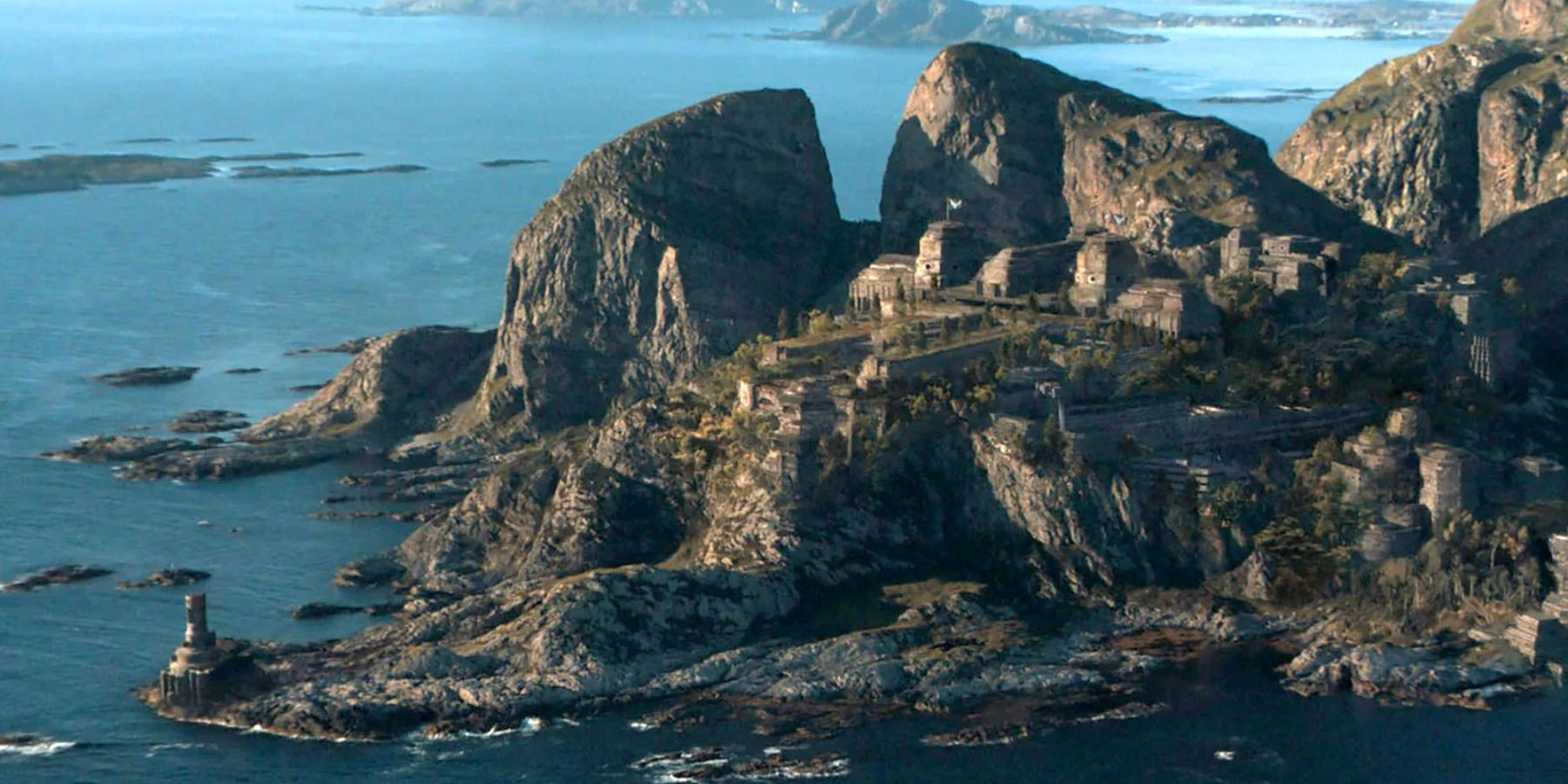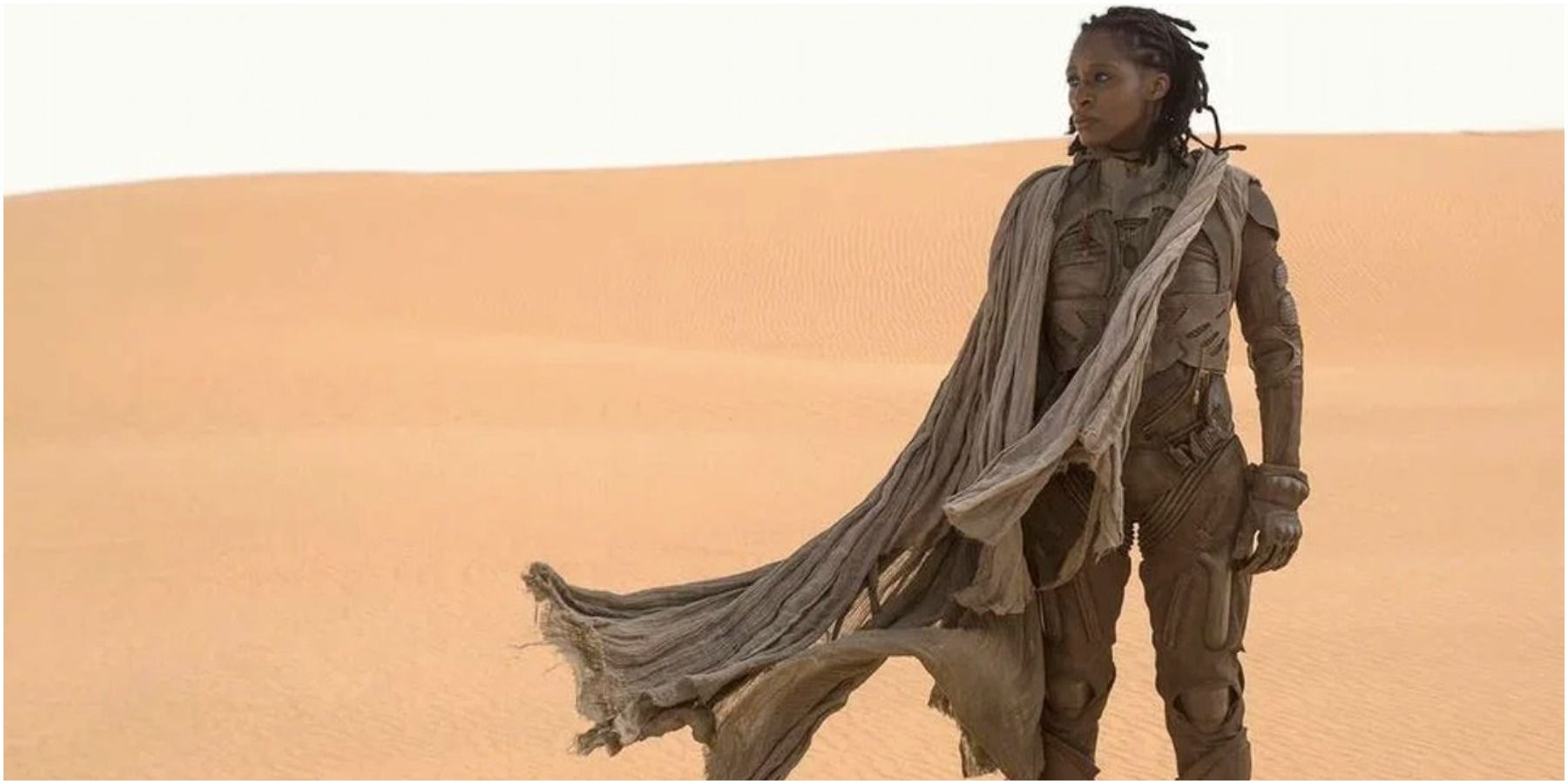In 1965, Frank Herbert wrote Dune, a complex sci-fi masterpiece which, in 2003, was declared the most successful sci-fi novel ever written. While the book was an undeniable success, it has been considered by filmmakers as somewhat of a cursed concept, much like the theme of pirates before the first Pirates of the Caribbean came along. Each big-screen iteration of the book failed miserably. With content that is so complex and so intricate, it only makes sense that most filmmakers are unable to tackle it, at least without descending into the same madness that previous directors David Lynch and Alejandro Kodorowky succumbed to in their individual interpretations. However, Denis Villeneuve, director of the 2021 reincarnation of Dune, might just have gotten away with it, in part due to his masterful understanding and depiction of the famous desert Dune is so well known for.
Villeneuve was successful for two reasons, one of which was an incredible art department that invested hundreds, if not thousands, of hours into creating this beautiful universe. Before audiences are even shown the main setting of the planet Arrakis, they are introduced to two very different alien planets: Caladan, the ocean planet ruled by House Atreides; and Giedi Prime, the homeworld of the villainous House Harkonnen, who are set to return for the sequel. The two places are worlds apart (literally) and are reflections of the two houses. Caladan is shown much as it is depicted in the book, as a beautiful, natural planet with large open spaces and an environment that symbolizes freedom and life. The interiors are spacious and minimalist, showing a level of decadence along with huge respect for the past. While a highly advanced human civilization, the interiors show intricately carved walls reminiscent of ancient Japanese culture, and a distinct lack of reliance on fancy gadgetry. The few technologically advanced elements depicted are primordial in appearance, such as the creepy light that follows protagonist Paul Atreides (played by actor Timothée Chalamet).
Giedi Prime is the stark opposite, a dark planet overrun with industrialization. There is nothing that suggests life here, with even the Harkonnens themselves drained of color like walking corpses. In comparison to the natural culture on Caladan, every inch of space in Giedi Prime is taken up by complex, menacing-looking machinery, constantly in use. Baron Vladimir Harkonnen, the antagonist of the film, is shown repeatedly to have a severe dependence on these machines, using them constantly in unnatural ways. Unable to walk or lift his own humongous body weight, he uses antigravity devices implanted into his skin to help him float around, and later uses a black tar bath to heal his poisoned body. The atmosphere on Giedi Prime is stifling, leaving audiences with an overarching feeling of dread and airlessness reminiscent of the Death Star.
The atmosphere of Caladan greatly mirrors the ancient heritage of House Atreides, bearing a lofty feeling of a culture in touch with and respectful of their past. Meanwhile, Giedi Prime is a dark and dangerous place that reeks of malice, perfectly summing up the House Harkonnen. Gracious and honorable House Atreides is also a force to be reckoned with, reflected by the harsh weather and cliffs present on the planet. Instead of suppressing anything natural like the Harkonnen, they live alongside nature, respecting it and using it to their advantage. Even their airships are respectful of the natural world, mimicking dragonflies. Although these two planets are vastly different, they are both still distinctly humanoid, with recognizable technology and design concept, unlike Arrakis.
This is shown again through the two houses’ vastly different approaches to the spice collection and stewardship of Arrakis. The Harkonnens wish to dominate it through fear and force, while the Atreides aim to work alongside the Freman, who are so intertwined with the planet they may as well be part of it.
Arrakis itself has the atmosphere of a completely alien planet, because it is entirely hostile to human life. There is nothing about the planet that could support humans, with limited water and heat so strong that little to nothing can survive. Even the Freman cannot survive, so rejecting of human life as the planet is, and they rely on the aid of their technology to live. Their stillsuits are the perfect example of this, as they savor and recycle all available water to survive, creating a culture that worships every drop of moisture. While their survival relies on technology, it's important to note that their equipment mirrors nature like the Atreides’ technology. The Fremen harness it, rather than conquering it like the Harkonnens. Fans of Avatar may feel that it is reminiscent of the Na'vi, and their respect and co-inhibition with the living planet.
This brings into light the second reason Villeneuve was so successful in masterfully crafting the atmosphere of alien planets. Nature within the film is treated as if it were its own character, an ever-present being that has a personality. No matter how advanced a civilization is, nature, the wild and unruly beast it is, will never be tamed. This is why House Atreides would likely have been able to fully harness the immense power of Arrakis. They are a culture that relies upon and harnesses nature, opposed to the Harkonnens who aim to control it. If they weren't stopped by the Harkonnen invasions, it’s fairly likely that House Atreides would have found a way to live harmoniously with the planet, much like they did in their own home world.
Dune creates an uneasy atmosphere of awe, both delighting in the natural beauty of the various planets, while also teaching audiences the consequences of not respecting the natural order. It stands as a reminder that a failure to understand one's place in the larger picture, and to place humanity outside nature, can have disastrous consequences. It shows how life can thrive when humanity respects nature. Consequently, nature will aid them and help them adapt to the harsh environment, much like the large-eared rodents who drink their own sweat to survive the extreme heat, and the Fremen who live harmoniously with the infamous sandworms and desert.




.jpg)

